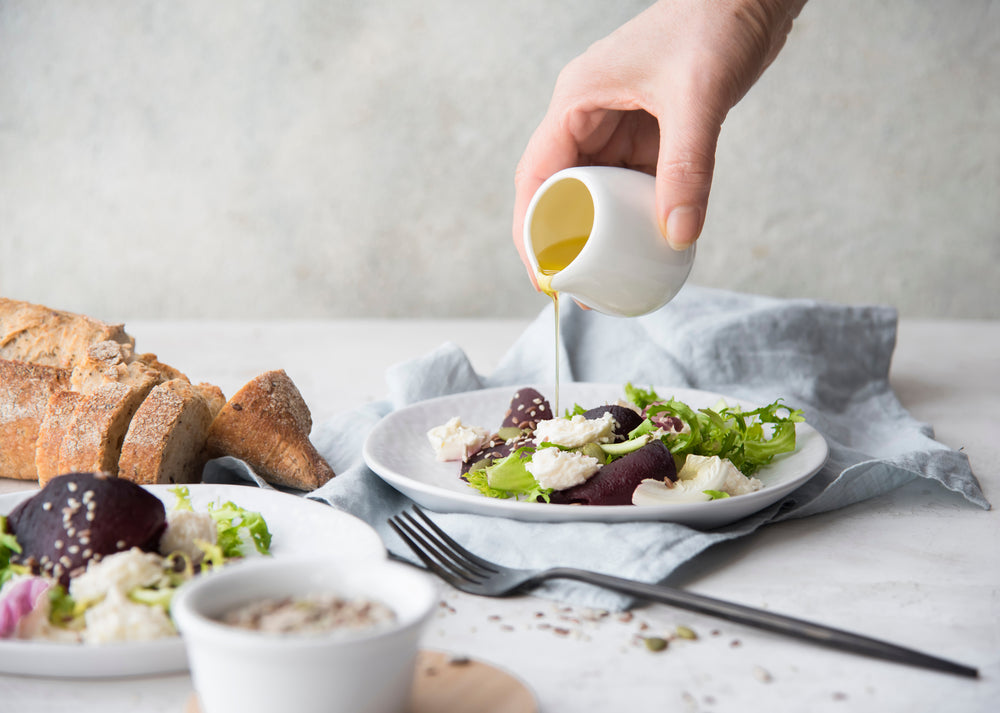Harvest Timing
Nothing gets more discussion among olive growers than when to pick. It can make all the difference as far as yield, organoleptic characteristics, shelf life and color. Fruit maturation depends among other things on olive variety, temperature, sunlight and irrigation. For example, a hot fall can cause the fruit to ripen quickly, resulting in a narrow window for optimum picking.
Here are the 3 different maturity stages of the olive:
Green (Immature) fruit
Green olives are more difficult to extract oil as they quire hard compare to a fully ripe olive. They produce oil that is bitter and grassy with unripe and vegetative characteristics. These oils are high in polyphenols (anti-oxidants), chlorophyll and other flavor components. As a result, they are quite bitter and pungent and have a long shelf life thanks to these natural preservatives. The EVOO created with green olives are often called "Early Harvest" or "Olio Nuovo"
Veraison
As the olive fruit mature from green to yellow green, it start to soften and then the skin turns red purple in color.This is called veraison. These olives still have a high polyphenol contents at this stage, and are starting to develop some ripe-fruity characteristics. Olive oil produced from fruits harvested at this stage have some bitterness and pungency. They have close to a maximum amount of oil per dry weight. These olives are often considered to be at their peak for olive production.
Black (Mature) Fruit
As the fruit mature further, the skin turns from purple tp black, and the flesh darkens all the way to the pit. At this stage the polyphenol and the chlorophyll contents decline and the carotenoid content increases making the oil more golden in color, less bitter and less pungent, and have a shorter shelf life. They are often described as sweet oils. The oil yield is high. The olive oil made with mature olives are often called "Late harvest"

At Chateau de Luz, we choose a veraison type of olive to produced the best EVOO that our clients will enjoy.






Leave a comment